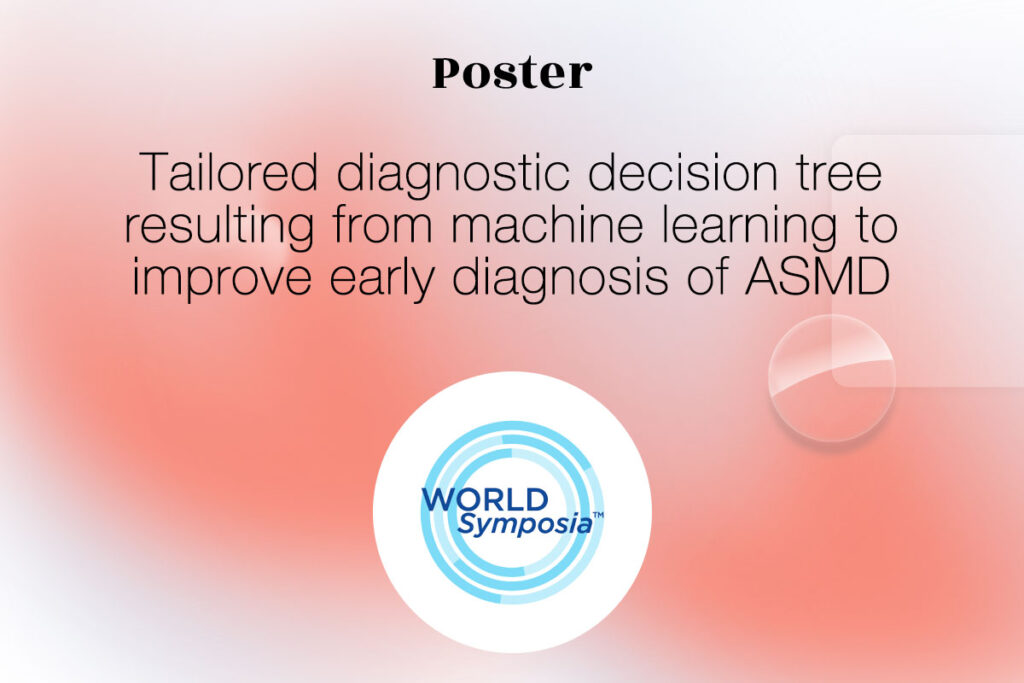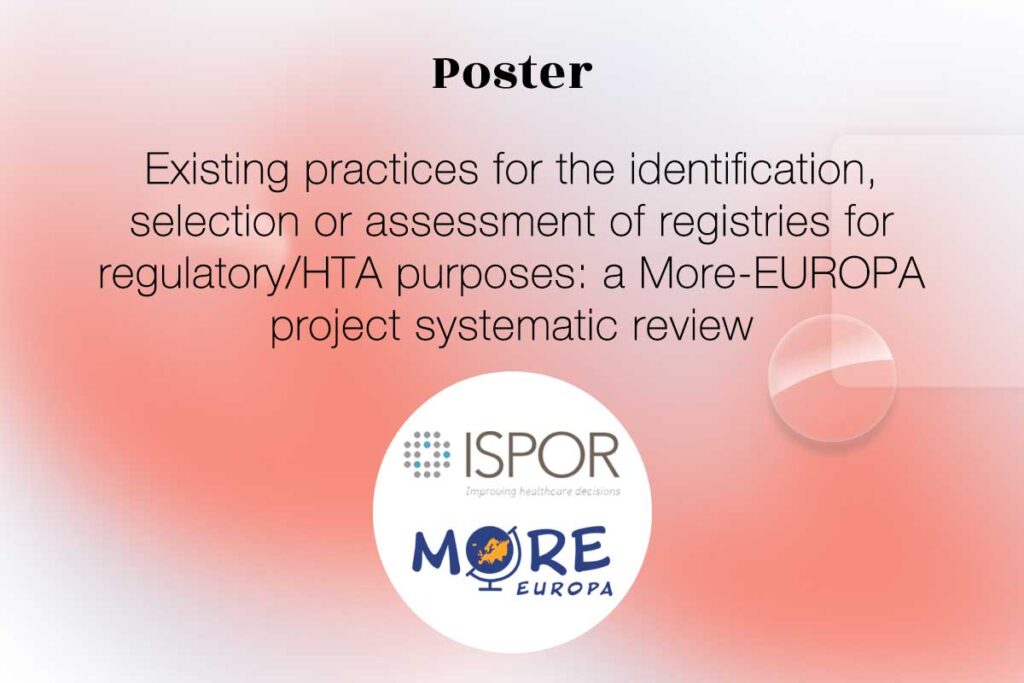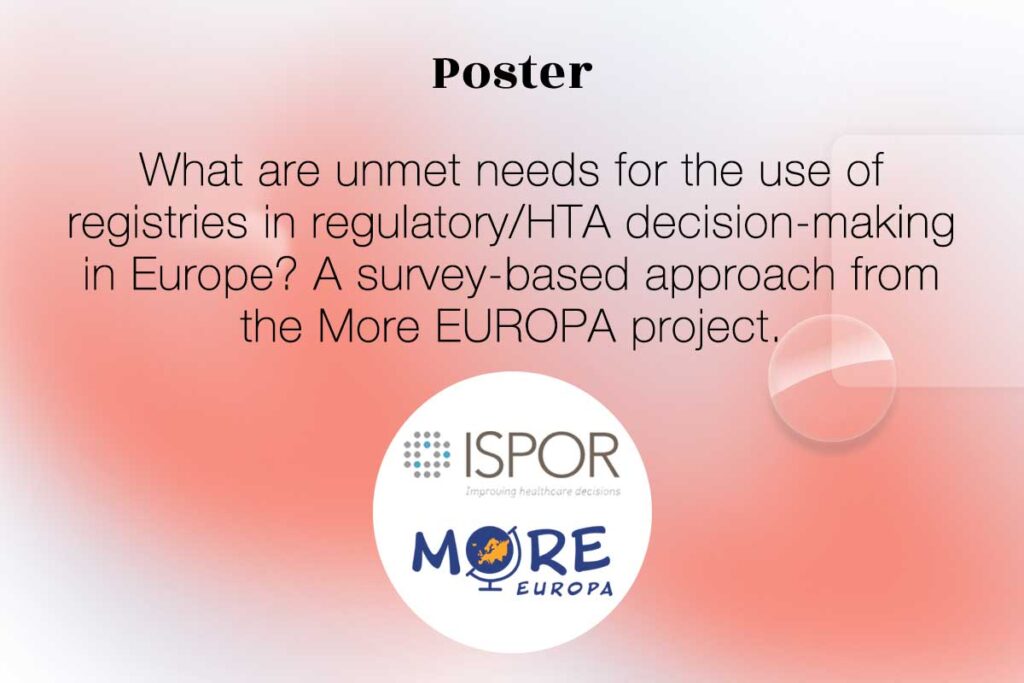Publisher: nature
Authors: C. Dumontet, C; Hulin, M.A. Dimopoulos, A. Belch, A. Dispenzieri, H. Ludwig, P. Rodon, J.V. Droogenbroeck, L. Qiu, M. Cavo, A.V. de Velde, J.J. Lahuerta, O. Allangba, J.H. Lee, E.Boyle, A. Perrot, P. Moreau, S. Manier, M. Attal, M. Roussel, M. Mohty, J.Y. Mary, A. Civet, B. Costa, A. Tinel, Y. Gaston-Mathé, T. Facon
Date: 26 April 2018
Abstract
Background
Infections are a major cause of death in patients with multiple myeloma.
Patients and methods
A post hoc analysis of the phase 3 FIRST trial was conducted to characterize treatment-emergent (TE) infections and study risk factors for TE grade ≥ 3 infection. The number of TE infections/month was highest during the first 4 months of treatment (defined as early infection). Of 1613 treated patients, 340 (21.1%) experienced TE grade ≥ 3 infections in the first 18 months and 56.2% of these patients experienced their first grade ≥ 3 infection in the first 4 months.
Results
Risk of early infection was similar regardless of treatment. Based on the analyses of data in 1378 patients through multivariate logistic regression, a predictive model of first TE grade ≥ 3 infection in the first 4 months retained Eastern Cooperative Oncology Group performance status and serum β2-microglobulin, lactate dehydrogenase, and hemoglobin levels to define high- and low-risk groups showing significantly different rates of infection (24.0% vs. 7.0%, respectively; P < 0.0001). The predictive model was validated with data from three clinical trials.
Conclusion
This predictive model of early TE grade ≥ 3 infection may be applied in the clinical setting to guide infection monitoring and strategies for infection prevention.









